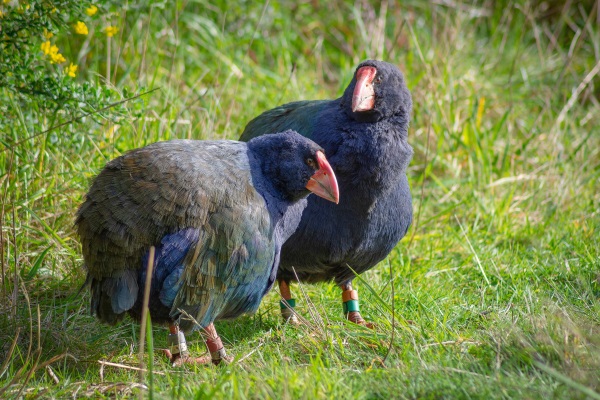There may well have once been tuatara roaming Queenstown’s CBD, and takahē fossicking at Glenda Dr.
Those are some of the findings of Queenstown-based Southern Lakes Sanctuary’s (SLS) ground-breaking biodiversity report — the first of its kind in New Zealand — released last Thursday.
SLS is also launching an interactive geographic information system (GIS) map, developed by Wildlands Consultants, which provides a comprehensive breakdown of wildlife species that existed in the Queenstown-Lakes before humans.
SLS project director Paul Kavanagh believes the multi-layer GIS map’s the first of its kind in NZ, and it provides a conservation blueprint into what optimal biodiversity looks like for the region.
Not only does it reveal what species existed before human arrival, but also what wildlife was common prior to the introduction of invasive mammalian predators, such as stoats, ferrets, possums and feral cats — all of which SLS is actively trapping to support biodiversity and protect native species.
‘‘The impact of introduced predators has been devastating in our area and it is critical that we conserve the native taonga [treasures] we currently have, and mitigate further biodiversity loss, through ongoing predator control.’’
The GIS map, commissioned by SLS, was given funding support by Queenstown’s council.
Its resilience and climate action manager Bill Nicoll says the sanctuary’s mapping system provides invaluable information to support the district’s conservation efforts, while mayor Glyn Lewers is also in full support of the project.
‘‘Council has made a clear commitment to tackle both the ecological and climate emergencies, so we are proud to have supported this innovative project as part of the district’s climate and biodiversity plan,’’ Lewers says.
The interactive map categorises historical wildlife into groups — birds, bats, invertebrates and lizards and amphibians — and builds on the floral (plant) report Wildlands Consultants previously produced for Otago Regional Council, in 2020.
Kavanagh: ‘‘A wide variety of data sources and records were used to define the habitats in the previous floral (plant) report, and by using current sightings, historical records and in-house knowledge, indigenous animal species were then assigned to each habitat type.’’
The new map will be freely available and hosted on the ‘spatial data hub’ section of council’s website.




